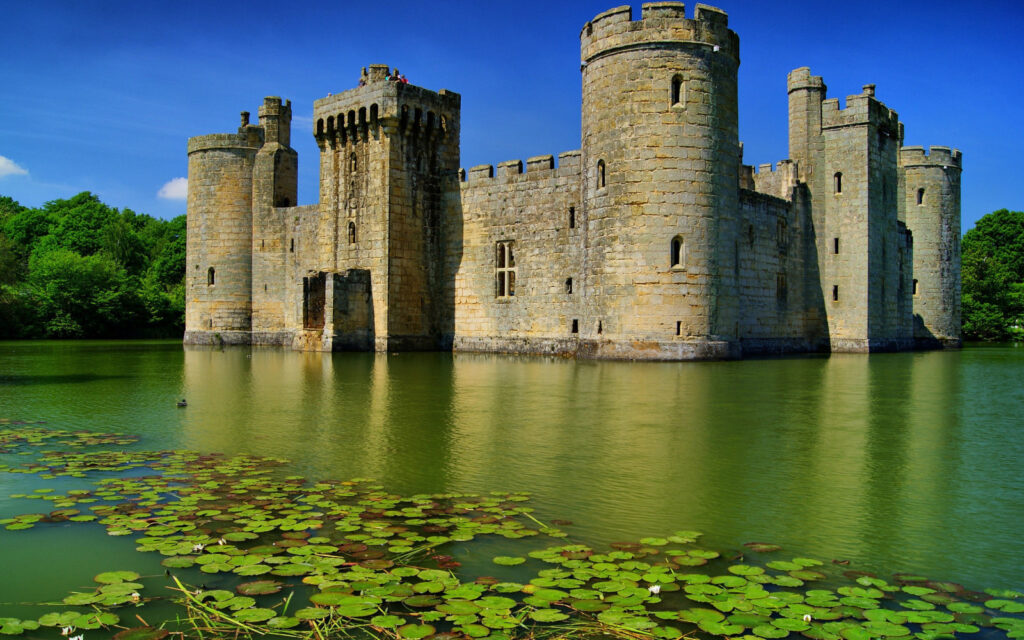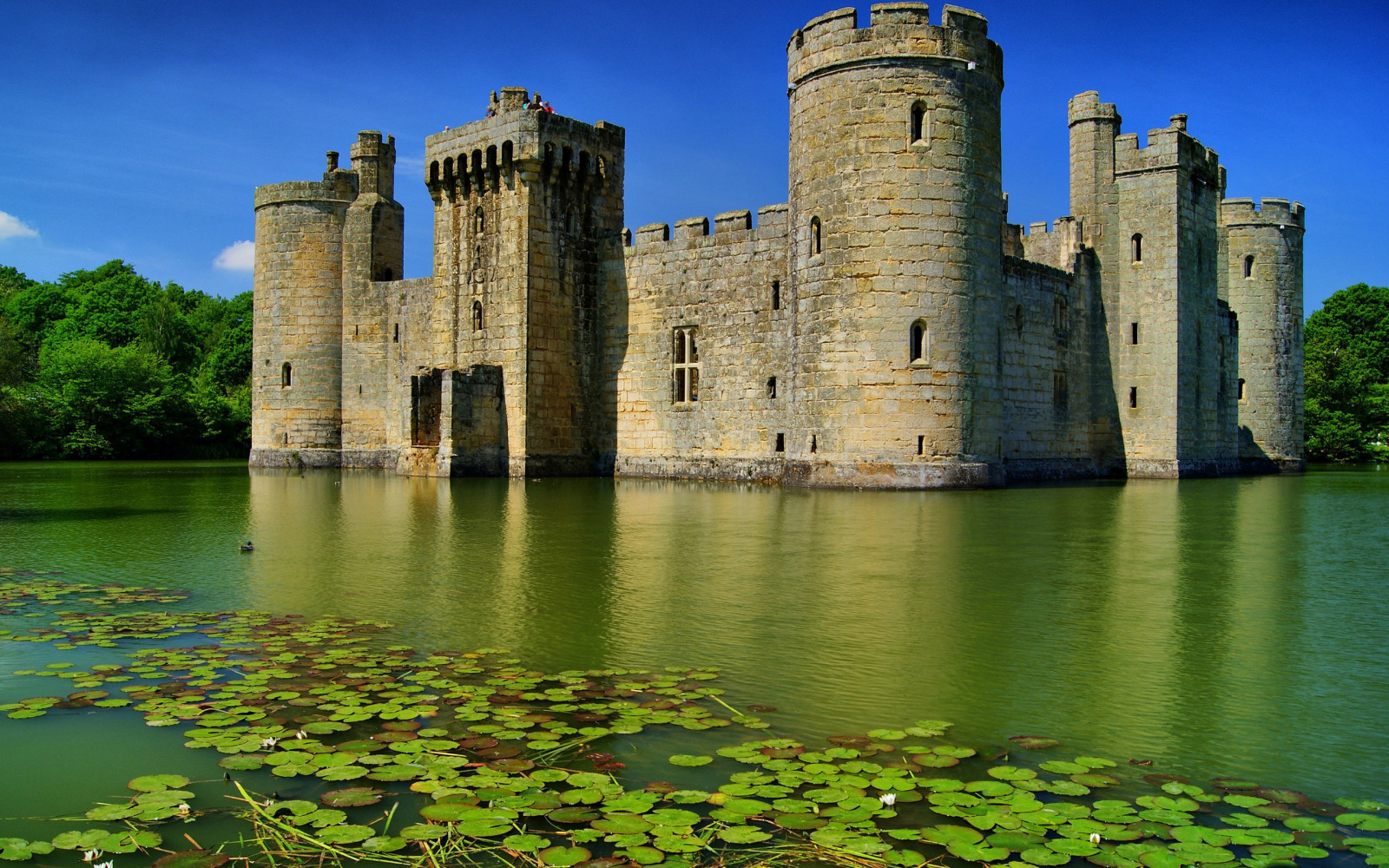
Majestic Castle Landscape Photography: Capturing Timeless Beauty
The allure of a castle landscape is undeniable. These imposing structures, steeped in history and often perched atop dramatic terrain, offer photographers a unique opportunity to capture timeless beauty. From the rolling hills of Scotland to the rugged cliffs of Ireland and the fairytale castles of Germany, the world is dotted with breathtaking scenes where man-made majesty meets the natural world. This article explores the art of castle landscape photography, offering insights into capturing these iconic structures in all their glory.
Understanding the Appeal of Castle Landscapes
Castles evoke a sense of wonder and history. They are tangible links to the past, representing power, resilience, and often, romantic tales of knights and royalty. When combined with the natural landscape, these structures create a compelling visual narrative. The contrast between the solid, angular architecture of the castle and the organic, flowing lines of the surrounding environment is inherently appealing. A successful castle landscape photograph captures this juxtaposition, telling a story that resonates with viewers.
Essential Gear for Castle Landscape Photography
While a smartphone can capture a decent image, dedicated equipment will significantly enhance your castle landscape photography. Here’s a breakdown of essential gear:
- Camera: A DSLR or mirrorless camera offers the best image quality and versatility.
- Lenses: A wide-angle lens (16-35mm) is ideal for capturing expansive castle landscape scenes. A telephoto lens (70-200mm or longer) can be useful for isolating details or compressing perspective. A standard zoom lens (24-70mm) provides a good all-around option.
- Tripod: Essential for sharp images, especially in low light or when using slow shutter speeds.
- Filters: A polarizing filter can reduce glare and enhance colors, while a neutral density (ND) filter allows for longer exposures in bright light.
- Remote Shutter Release: Minimizes camera shake when using a tripod.
Planning Your Castle Landscape Shoot
Preparation is key to successful castle landscape photography. Before heading out, consider the following:
Research and Location Scouting
Identify castles you want to photograph and research their history, architecture, and surrounding landscape. Look for vantage points that offer unique perspectives. Online resources, travel guides, and photography forums can provide valuable information. Google Maps and Google Earth can help you scout locations remotely and identify potential compositions. Understanding the orientation of the castle relative to the sun is also critical for planning the timing of your shoot. [See also: Best Castles in Europe for Photography]
Timing is Everything: The Golden Hour and Blue Hour
The “golden hour” (the hour after sunrise and the hour before sunset) provides soft, warm light that enhances the beauty of any landscape, including castle landscapes. The “blue hour” (the period of twilight just before sunrise and after sunset) offers a cool, ethereal light that can create a moody and atmospheric feel. These times of day are ideal for capturing dramatic castle landscape images. Avoid shooting in harsh midday sunlight, which can create strong shadows and wash out colors.
Weather Considerations
Weather can significantly impact your castle landscape photography. Overcast skies can provide soft, even light, while dramatic clouds can add interest and depth to your images. Fog and mist can create a sense of mystery and atmosphere. Be prepared for changing weather conditions and bring appropriate clothing and rain gear. A stormy sky behind a castle landscape can create a truly dramatic image, but safety should always be your top priority.
Composition Techniques for Castle Landscape Photography
Composition is the art of arranging elements within the frame to create a visually appealing image. Here are some key compositional techniques for castle landscape photography:
Rule of Thirds
Divide the frame into nine equal parts using two horizontal and two vertical lines. Place key elements, such as the castle or a prominent feature in the landscape, along these lines or at their intersections. This creates a more balanced and engaging composition.
Leading Lines
Use natural or man-made lines, such as roads, rivers, or walls, to guide the viewer’s eye towards the castle. Leading lines create a sense of depth and draw the viewer into the scene.
Framing
Use elements in the foreground, such as trees, arches, or rocks, to frame the castle. This adds depth and context to the image and draws attention to the main subject. Experiment with different framing elements to find the most effective composition.
Symmetry and Balance
Look for opportunities to create symmetrical compositions, especially if the castle has a symmetrical design. Alternatively, use asymmetrical balance to create a more dynamic and visually interesting image. Consider the weight of different elements in the frame and arrange them to achieve a sense of balance.
Perspective and Depth
Use perspective techniques, such as converging lines or atmospheric perspective, to create a sense of depth in your images. Include elements in the foreground, middle ground, and background to add layers and dimension to the scene.
Technical Considerations: Exposure and Focus
Proper exposure and focus are essential for sharp, well-balanced castle landscape images.
Exposure Settings
Use your camera’s meter to determine the correct exposure settings. In bright light, you may need to use a smaller aperture (higher f-number) to prevent overexposure. In low light, you may need to use a wider aperture (lower f-number) or increase the ISO. Use a tripod to allow for longer exposures without camera shake. Consider using exposure bracketing to capture a range of exposures and combine them in post-processing to create a high dynamic range (HDR) image.
Focusing Techniques
Use autofocus to focus on the castle. If you are using a wide-angle lens, you can typically achieve sufficient depth of field by focusing on a point about one-third of the way into the scene. Use manual focus for precise control, especially in challenging lighting conditions. Consider using focus stacking to combine multiple images with different focus points to achieve maximum sharpness throughout the entire scene.
Post-Processing for Castle Landscape Photography
Post-processing is an essential part of the digital photography workflow. Software like Adobe Lightroom and Photoshop allow you to enhance your castle landscape images by adjusting exposure, contrast, color, and sharpness.
Basic Adjustments
Start by making basic adjustments to exposure, contrast, highlights, shadows, whites, and blacks. Adjust the white balance to correct any color casts. Use the tone curve to fine-tune the overall tonal range of the image.
Color Correction and Enhancement
Adjust the saturation and vibrance to enhance the colors in your castle landscape. Use the HSL (hue, saturation, luminance) panel to adjust individual colors. Be careful not to over-saturate the colors, as this can create an unnatural look.
Sharpening and Noise Reduction
Sharpen your images to enhance detail and clarity. Use noise reduction to reduce any unwanted grain or noise, especially in images taken at high ISO settings. Be careful not to over-sharpen or over-reduce noise, as this can degrade the image quality.
Local Adjustments
Use local adjustment tools, such as the adjustment brush or graduated filter, to make selective adjustments to specific areas of the image. For example, you might want to darken the sky or lighten the castle. [See also: Editing Landscape Photos Like a Pro]
Ethical Considerations
When photographing castle landscapes, it’s crucial to be mindful of the environment and respect local regulations. Avoid trespassing on private property, and be careful not to disturb any wildlife. Leave no trace behind, and pack out all your trash. If you are using a drone, make sure you are aware of any restrictions or permits that may be required.
Finding Inspiration
To improve your castle landscape photography, study the work of other photographers. Look at magazines, books, and online galleries to find inspiration. Pay attention to the composition, lighting, and post-processing techniques used by successful photographers. Experiment with different approaches and develop your own unique style.
Conclusion
Castle landscape photography is a rewarding pursuit that allows you to capture the timeless beauty of these iconic structures. By understanding the essential gear, planning your shoots carefully, mastering compositional techniques, and utilizing post-processing tools, you can create stunning images that capture the essence of the castle landscape. Remember to be patient, persistent, and always strive to improve your skills. The world is full of magnificent castle landscapes waiting to be discovered and photographed.

